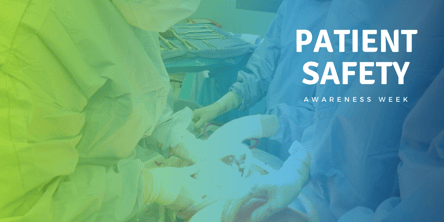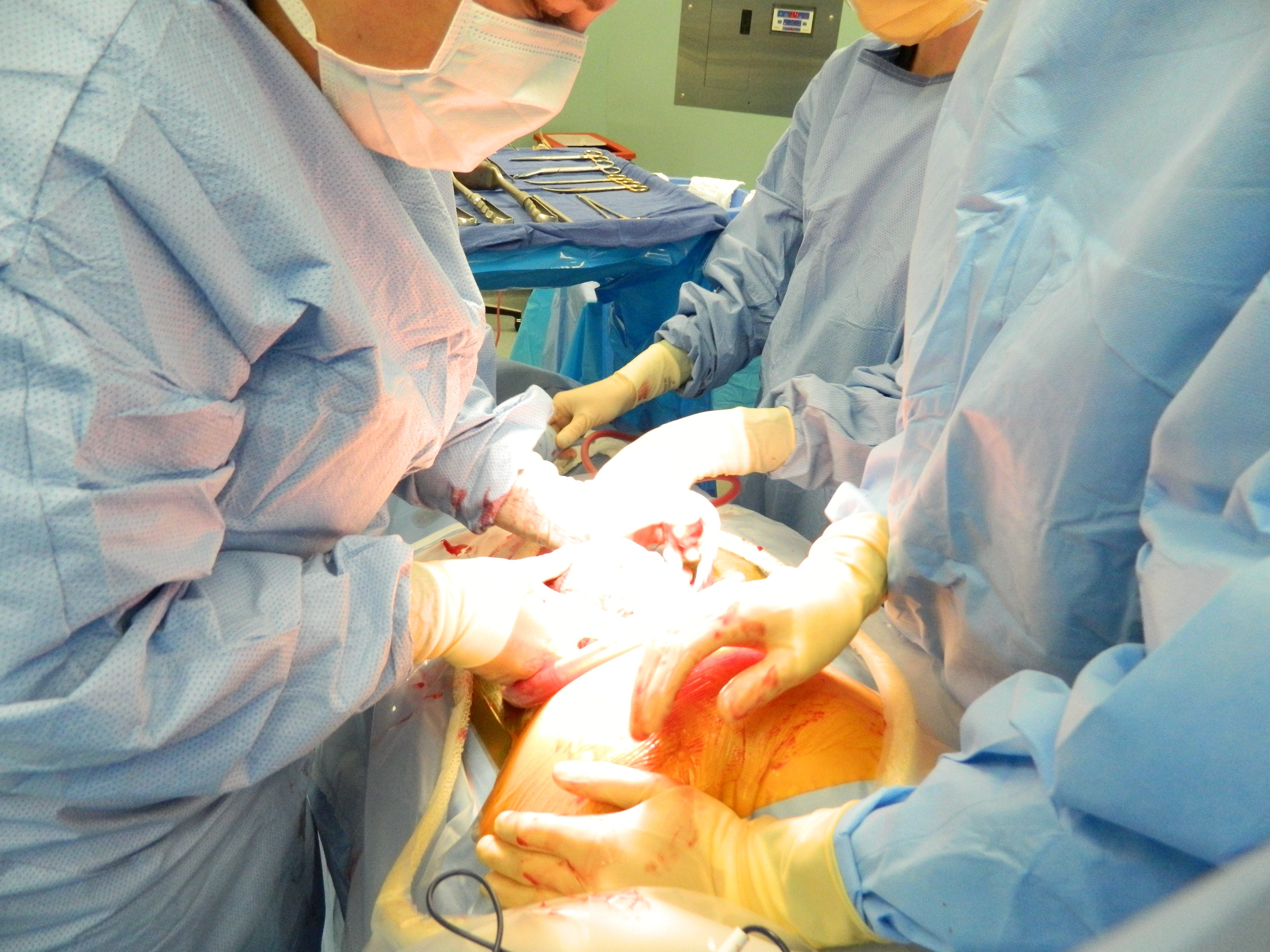Women in the United States are more likely to die from childbirth or pregnancy-related causes than women from any other industrialized nation. Making birth safer for mothers and their babies is a top priority for hospitals and OB providers. The American College of Obstetricians and Gynecologists recommends implementing bundles, or standardized protocols, to improve safety in Labor and Delivery units. A California Maternal Quality Care Collaborative study has shown that hospitals instituting bundles reduced maternal morbidity and mortality by 50 percent.
HRO and bundles working together
“It is estimated that 60 percent of maternal deaths are preventable,” said Brian Gilpin, MD, National Clinical Director, OB Hospitalist. “Safety bundles have been available for years but tend to lose momentum. The pairing of HRO methodologies with safety bundles creates a real opportunity to establish well-defined processes and create a culture of safety that will improve patient outcomes.”
The MEDNAX High Reliability Organization (HRO) recently implemented a program to support patient safety in Labor and Delivery units. The program empowers OB hospitalist practices to build a culture of safety and ensure successful implementation and sustainability of the Alliance for Innovation in Maternal Care (AIM) bundles, focusing on three areas:
- Maternal hemorrhage
- Hypertension
- Venous thromboembolism
A variety of methodologies and techniques form the foundation of High Reliability Organizations, including Six Sigma, TeamStepps (Team Strategies and Tools to Enhance Performance and Patient Safety) and Crew Resource Management. This multi-faceted approach supports successful implementation and longevity of the HRO program, as well as the patient safety bundles.
OB hospitalist Kathleen Horowitz, MD, is the National Director of HRO for Obstetrix and is a Certified Professional in Patient Safety and a Six-Sigma Black Belt. She works with practices to initiate programs and periodically checks in to monitor progress and support continued success. Her responsibilities include educating teams, identifying opportunities for improvement and instituting changes. "Our OB hospitalist HRO program supports hospitals in implementing safety bundles while helping departments obtain and maintain high reliability principles," says Dr. Horowitz. "A successful program will improve teamwork and communication and increase reporting of errors and safety issues, while achieving better health for our moms and their newborn babies.”
New Joint Commission accreditation requirements
The Joint Commission requires all facilities to implement maternal hemorrhage and hypertension patient safety bundles by July 2020 to maintain accreditation. The venous thromboembolism bundle is an addition to the OB hospitalist HRO rollout because of the potential health impact and ease of implementation within the larger program framework.
Discover new approaches to preventing maternal mortality and morbidity at the 37th Annual OB Challenges Conference: Expecting the Unexpected. Learn more
 Read about more ways affiliated practices improve patient safety and maternal/neonatal outcomes:
Read about more ways affiliated practices improve patient safety and maternal/neonatal outcomes:
Enhanced Recovery After Surgery (ERAS) program: Multiple MEDNAX-affiliated practices participate in a program targeting the national opioid epidemic by reducing opioid use in patients undergoing C-sections.
The Batz Guide: A NICU resource providing information to help parents participate in the care of their newborn through questions and communication with their baby's care team.
Custom order NICU sets: A new system helps NICU providers navigate complicated neonatal dosing.
Simulation training: Staged clinical events and manikins allow clinicians to work through real-case scenarios in a safe environment with no risk to patients.
